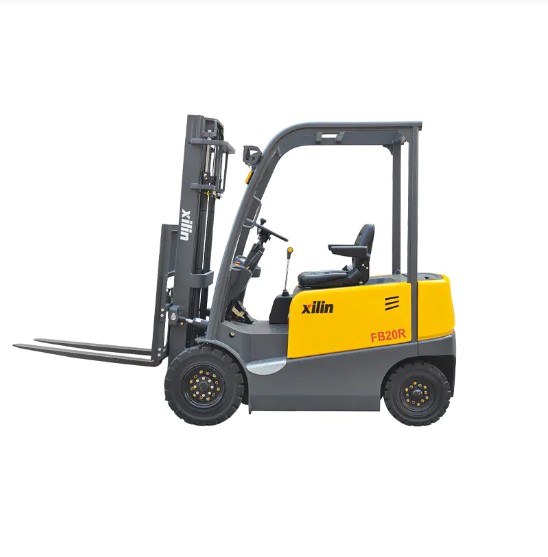The power source of electric reach forklifts can significantly impact their performance in terms of efficiency, operation costs, environmental impact, and overall functionality. The common power sources for electric reach forklifts include traditional lead-acid batteries and newer technologies such as lithium-ion batteries. Here are some ways in which the power source can influence the performance of electric reach forklifts:
-
Energy Efficiency:
- Lithium-ion Batteries: Lithium-ion batteries generally have a higher energy density compared to traditional lead-acid batteries. This means they can store more energy in a smaller and lighter package. As a result, forklifts powered by lithium-ion batteries often have longer run times and can operate for extended periods on a single charge.
- Lead-Acid Batteries: Lead-acid batteries are heavier and bulkier for the same energy capacity, which can limit the forklift's operating time between charges.

-
Charging Time:
- Lithium-ion Batteries: Lithium-ion batteries typically have shorter charging times compared to lead-acid batteries. They often support fast-charging technology, allowing for quicker turnaround times during breaks or between shifts.
- Lead-Acid Batteries: Lead-acid batteries may require longer charging times, and they may need to be charged overnight to ensure a full charge.
-
Lifespan and Durability:
- Lithium-ion Batteries: Lithium-ion batteries generally have a longer lifespan and can withstand more charge-discharge cycles compared to lead-acid batteries. They also require less maintenance.
- Lead-Acid Batteries: Lead-acid batteries may have a shorter lifespan and can be more sensitive to improper charging and maintenance practices.
-
Total Cost of Ownership:
- Lithium-ion Batteries: While the initial cost of lithium-ion batteries is higher, the longer lifespan, higher energy efficiency, and lower maintenance costs can result in a lower total cost of ownership over the lifetime of the forklift.
- Lead-Acid Batteries: Lead-acid batteries have a lower upfront cost, but ongoing maintenance, replacement costs, and energy inefficiencies may contribute to a higher total cost of ownership in the long run.
-
Environmental Impact:
- Lithium-ion Batteries: Lithium-ion batteries are considered more environmentally friendly than lead-acid batteries. They are recyclable, have a lower self-discharge rate, and contain fewer toxic materials.
- Lead-Acid Batteries: Lead-acid batteries contain hazardous materials, such as lead and sulfuric acid, and proper disposal and recycling are essential to minimize environmental impact.
Choosing the right power source depends on factors such as the specific application, budget considerations, and the desired balance between upfront costs and long-term efficiency and sustainability. Advances in battery technology continue to shape the landscape of electric forklifts, with ongoing improvements in performance and cost-effectiveness.











